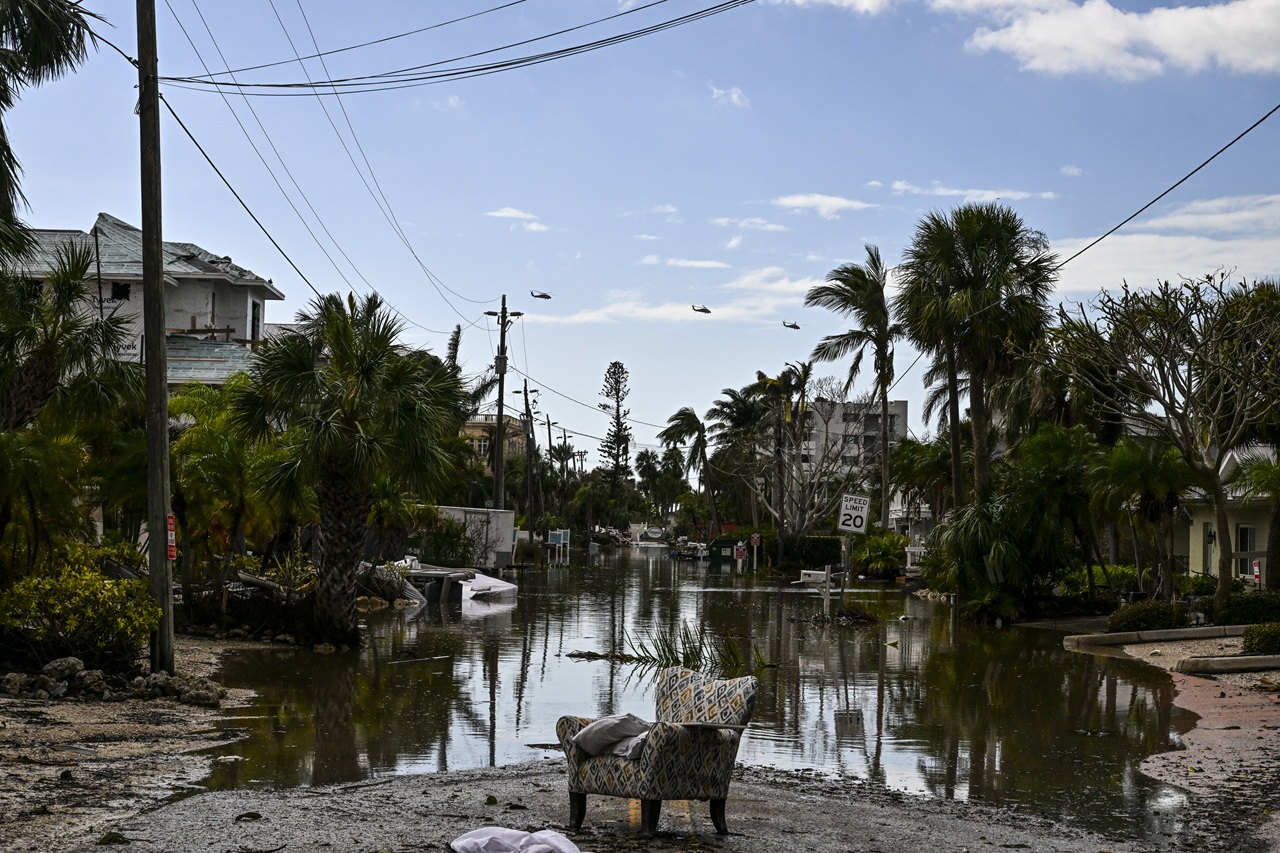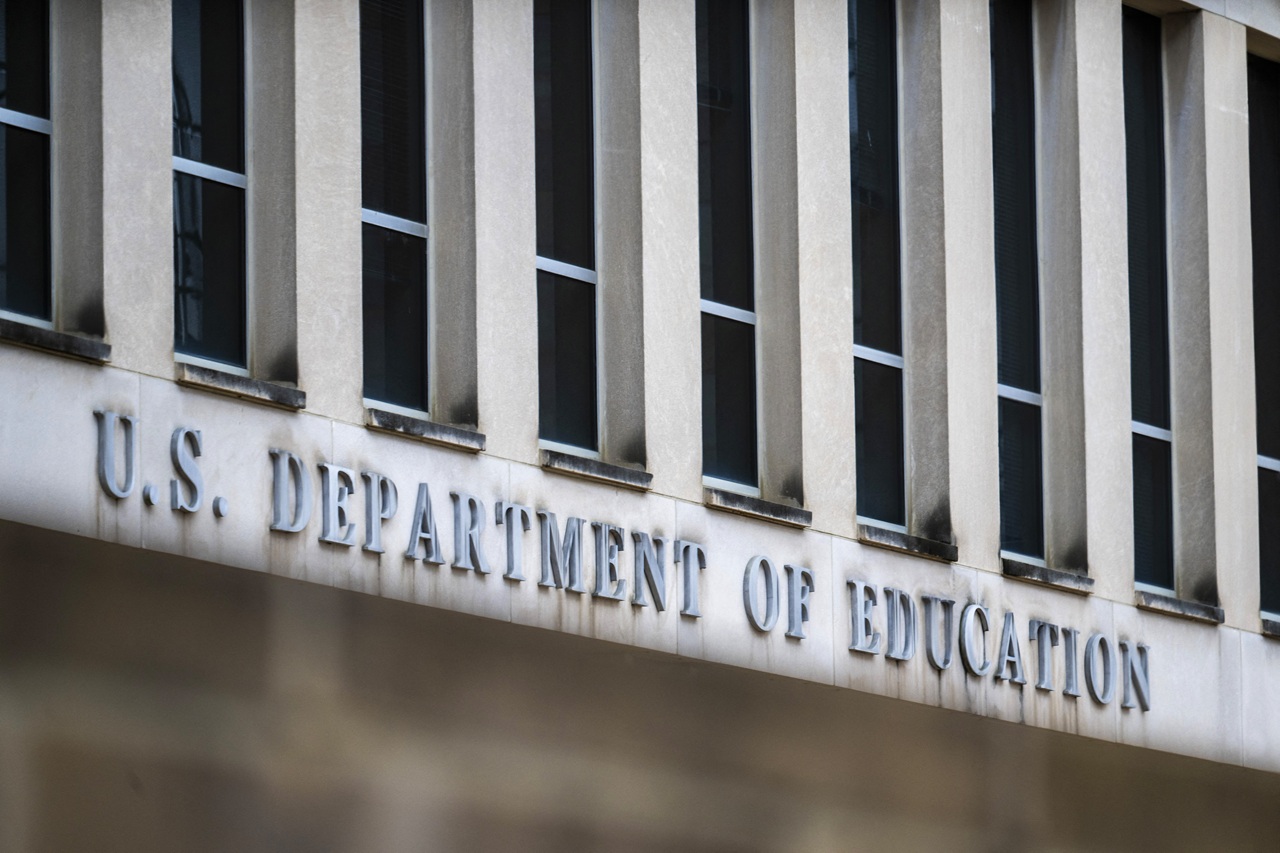
For Latinos in battleground states, this is the endgame
Vote for DACA recipients, vote for healthcare, vote for a humane immigration process, vote for respect.
Everyone remembers the feeling on the night of November 3, 2016, when President Donald Trump did the unthinkable and beat Hillary Clinton after every pre-election poll said otherwise.
Four years later, most polls look the same, and Latinos will be the largest block of non-white voters eligible to go to the polls and make a big impact.
From day one, the president has exiled Latino immigrants and those close to them, while endearing himself to those that fear socialism.
In June, the Supreme Court voted against the Trump administration's efforts to get rid of Deferred Action for Children (DACA), only to have the president resubmit the paperwork to restart the process. Now, 600,000 DREAMers remain in limbo until the days following the election, and the smoke has settled.
As for health care, Trump has promised a better version of the Affordable Care Act, also known as "Obamacare," but has no results to show for it.
His administration has also left the nation to deal with a once-in-a-lifetime pandemic, one that Trump knew about from the beginning — to deal with on our own. Now, Latinos are the demographic most disproportionately affected by the virus.
Now, the President is also threatening to challenge any election result that is not in his favor.
But what he doesn't realize is that our numbers are strong and the nation is already beginning to witness this.
These are some counties in battleground states that could make a difference, only if they show up to vote if they haven't already:
In Berks County, PA, 72 % of the vote has been counted so far.
With a population that is 6% Latinx, the potential isn’t seen until we zero in on the city of Reading, which is over 66% Latinx.
Philadelphia is PA’s largest Democratic Stronghold, but it is cities like Reading, with rapidly-growing Latinx populations, that will tip the scale in the largest battleground state in the nation with increased voting power.
Already, 63% of registered Florida voters have performed their civic duty.
Miami itself is a majority Latinx city – comprised of a Hispanic or Latinx population over 70% of its total population. However, Florida is up with PA as being one of the most sought-after states this Election.
Miami’s high Cuban population has been known to lean conservative, but the state has been diversifying as of late, and the growing Puerto Rican population may have something to show for on Nov. 3.
RELATED CONTENT
On track for record turnout despite voter-suppression tactics in areas with high Latinx populations, 57.3% of all registered voters in Texas have already voted. That’s 9.7 million overall, just shy of 2016’s overall turnout of 59.4%.
In terms of early voters, 1.4 million or 57.9% of registered voters in Texas voted early
With a Hispanic population of over 1.7 million, Harris County trails only Los Angeles County with the largest Hispanic population in the nation, over 40%.
Harris County now boasts 2.5 million registered voters, an increase of 245,844 in 2016.
Out of over 4 million registered voters, over half of requested early ballots have been returned in the Grand Canyon State.
As of Sunday, 1.6 million ballots have been cast, representing 61% of the county’s registered voters.
Maricopa County is one of the most-closely watched counties in Arizona, as the results of the 2018 midterm elections veered the county closer to the “purple.”
Maricopa county is 31% Latinx, with Arizona inching closer to 30% Latinx population overall.
These are just a handful of the states, cities, and counties that can make all the difference.











LEAVE A COMMENT: